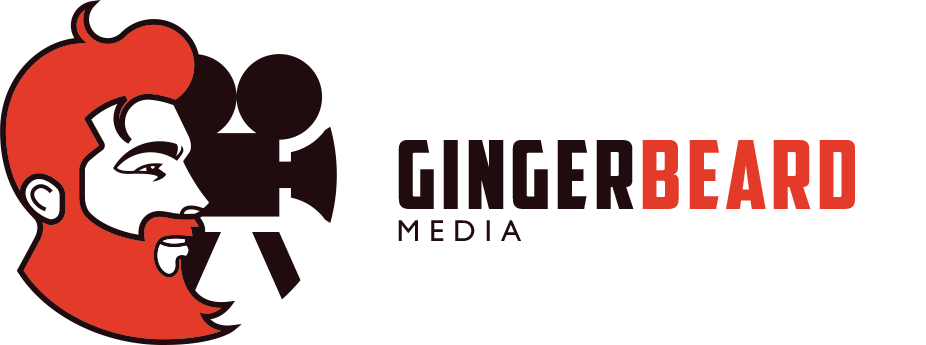How to Get Better Answers From Your Testimonials
We often get asked to shoot testimonials, and it's taken time as a skill to learn. A lot goes into the planning of our question sets, and on the day how you ask a question will get you differing results.
Sometimes our clients provide a list of their own questions, but without them knowing it, their list has some common mistakes - and this means they aren't getting the best answers possible. And if you’re shooting your own testimonials we have often been told that when you sit down to edit the answers, you haven’t been as successful as you’d first hoped.
Shooting testimonials is tricky, but there are ways you can help yourself to make it a success.
So in this video, Head Beard Bruce sits down to talk about how you can reduce the headache that is testimonial videos. Let’s take a look.
Just to kick this article off - whilst we’ve highlighted the fact that testimonials can be tricky to shoot, it certainly shouldn’t put you off. Testimonials are a great way to capture what your business, brand or company means to those who use it. They speak more directly to any potential client than a lot of other advertising and can really help sell your business or services. And recording a testimonial yourself can often provide you with an insight into your business like never before - often leading to other conversations which help you develop and progress even further.
So we cannot stress enough about the power a video testimonial can have.
So Why Are Testimonials Difficult To Shoot?
Testimonials have a range of varying factors and that’s often what can make them difficult to deliver. You need to organise people to be interviewed - and their schedule needs to work. You need a question set - which in itself can be tricky to write. You need to shoot it - which means getting someone comfortable on camera, providing them direction for their answers and also ensuring that you’re getting the content you need - there is no point in having someone answering that they think your business is “alrite I ‘supose”.
And then you need to edit the piece into something useable - is this one longer version, or lots of short pieces, and what length is “good”?
So yep, it’s a tricky, logisitical thing to manage.
Alright, Let’s Get Some Tips Going
The biggest mistake we see heading into testimonial shoots - is, as ever, all in the planning.
Creating Your Question Set
Make sure you’ve cut your question set down to what you need. If someone was to ask you on the street to do a survey, and then they pulled out a stack of paper to ask you 400 questions, you’re walking away right? And now you’re adding the pressure of putting a camera on them too?! So make sure your question set is clear and to the point.
If you’re looking for a way to cut it down - ask yourself the question, now give the ideal answer that you want. Now work down the list. Did you repeat yourself? Did the question get you your ideal answer? Is the question/answer actually the core of your business? That thinking will soon have you whittling down the list.
To give a guide, a set of about 5-7 questions can easily provide enough response for a 1:30 to 3 minute video - depending on what the interviewee’s responses are like. 10 questions is usually, for this sort of length, doable, but overkill.
How to Structure and Ask a Question
During shooting your interviewee will look to you for a guide on what sort of length answers you’re looking for. And a good way to subconsciously drive this is in the structure of the questions you ask.
So for example if you were to attend a days learning workshop and then be asked;
“Can you describe what happened and what you learnt in today’s workshop”
and then
“Can you give me a quick overview of today’s workshop?”
It’s likely that for the first question you would provide a lot more detail, and therefore a longer response when compared to the second question. But why is that?
Well, in the first question you were asked two questions as opposed to one. You were asked to ‘describe’ - meaning ‘more detail’ verses ‘give’ and ‘overview’ - indicating a summary or short response.
So the wording that you use and how you pose a question are important for both your question set in planning, but also when you shoot.
Let’s Wrap This Up
You will be surprised how much you can control someone’s answer through the way that you ask a question - we would definitely try this out - either on yourself or friends/family.
And in that similar note - testimonials and interviewing people is a skill. And like all skills they require time and practice to implement and perfect, but hopefully these tips have been useful to your next shoot.
If you are still struggling then we offer a Testimonial Video Package as well as 1-on-1 learning with Bruce to help develop your skills. So get in touch if those are of use/interest.
Until next time,
Beard Out

